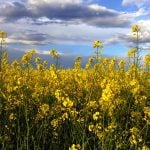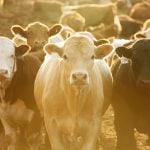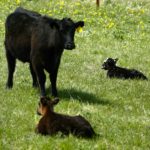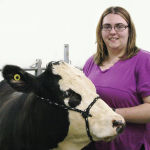Many of you are likely aware that the feed industry is facing a critical shortage of vitamins A and E. This shortage is the result of a fire in October at a processing plant in Germany owned by BASF, one of the global leaders in the provision of vitamins for humans and livestock. The damaged […] Read more







